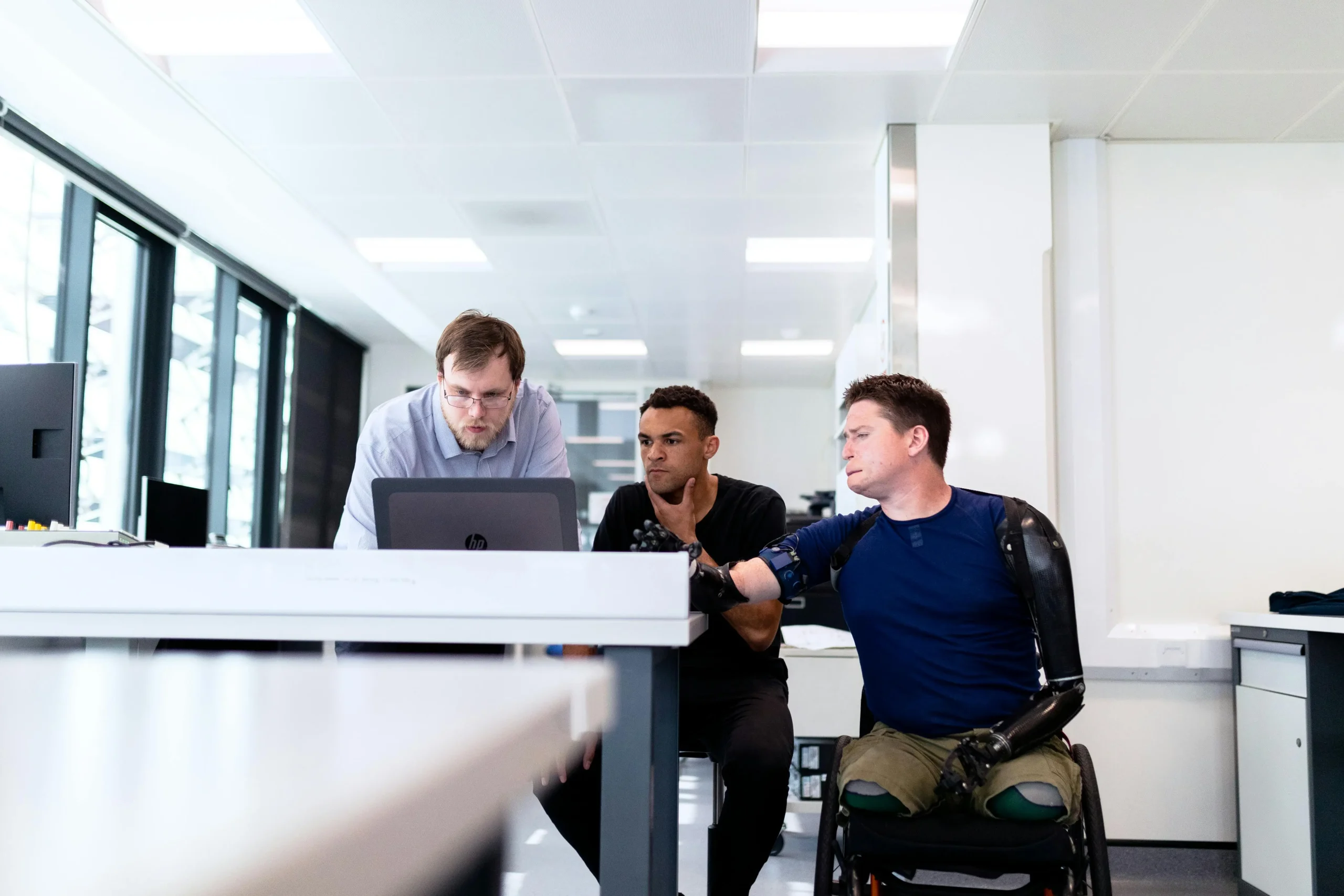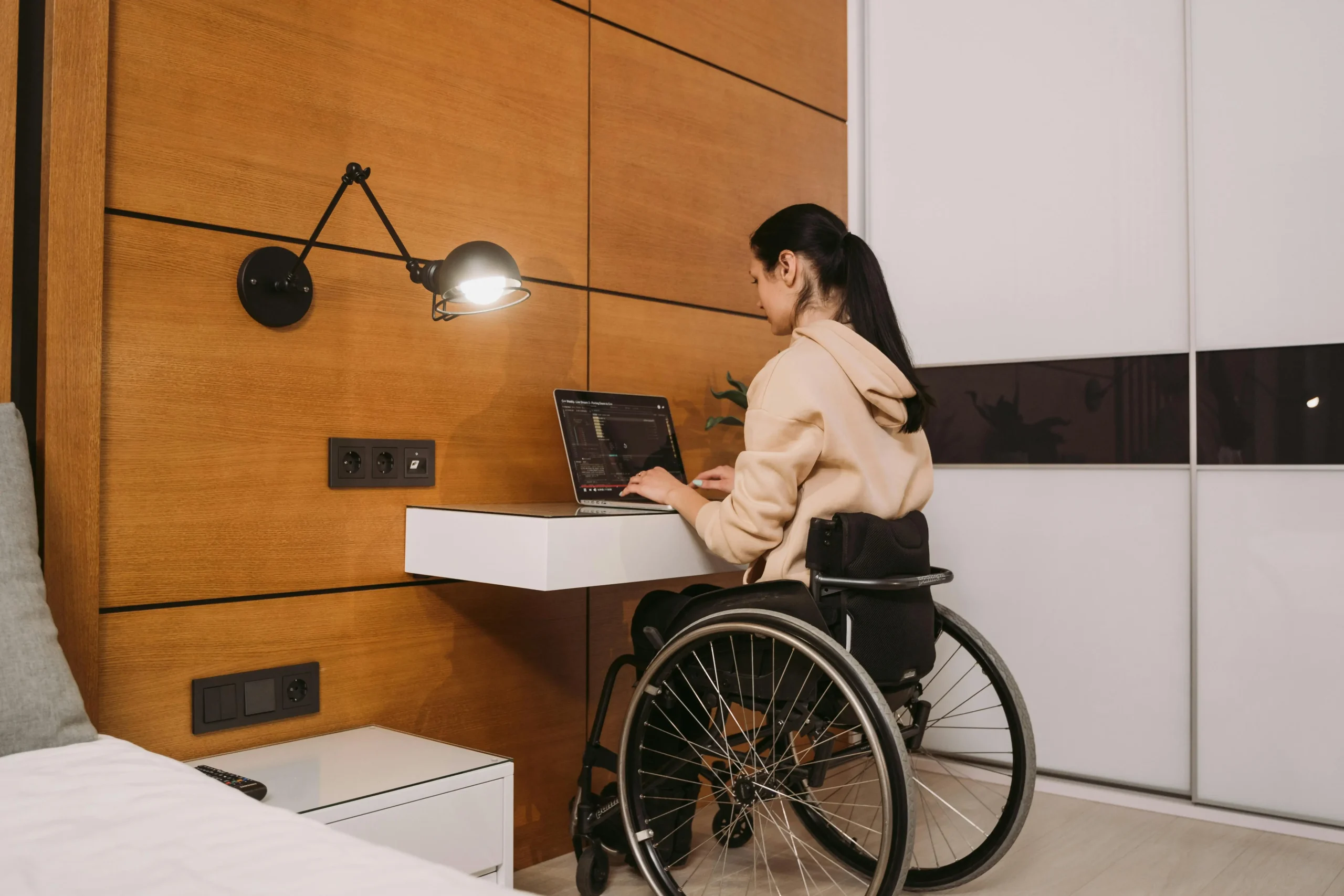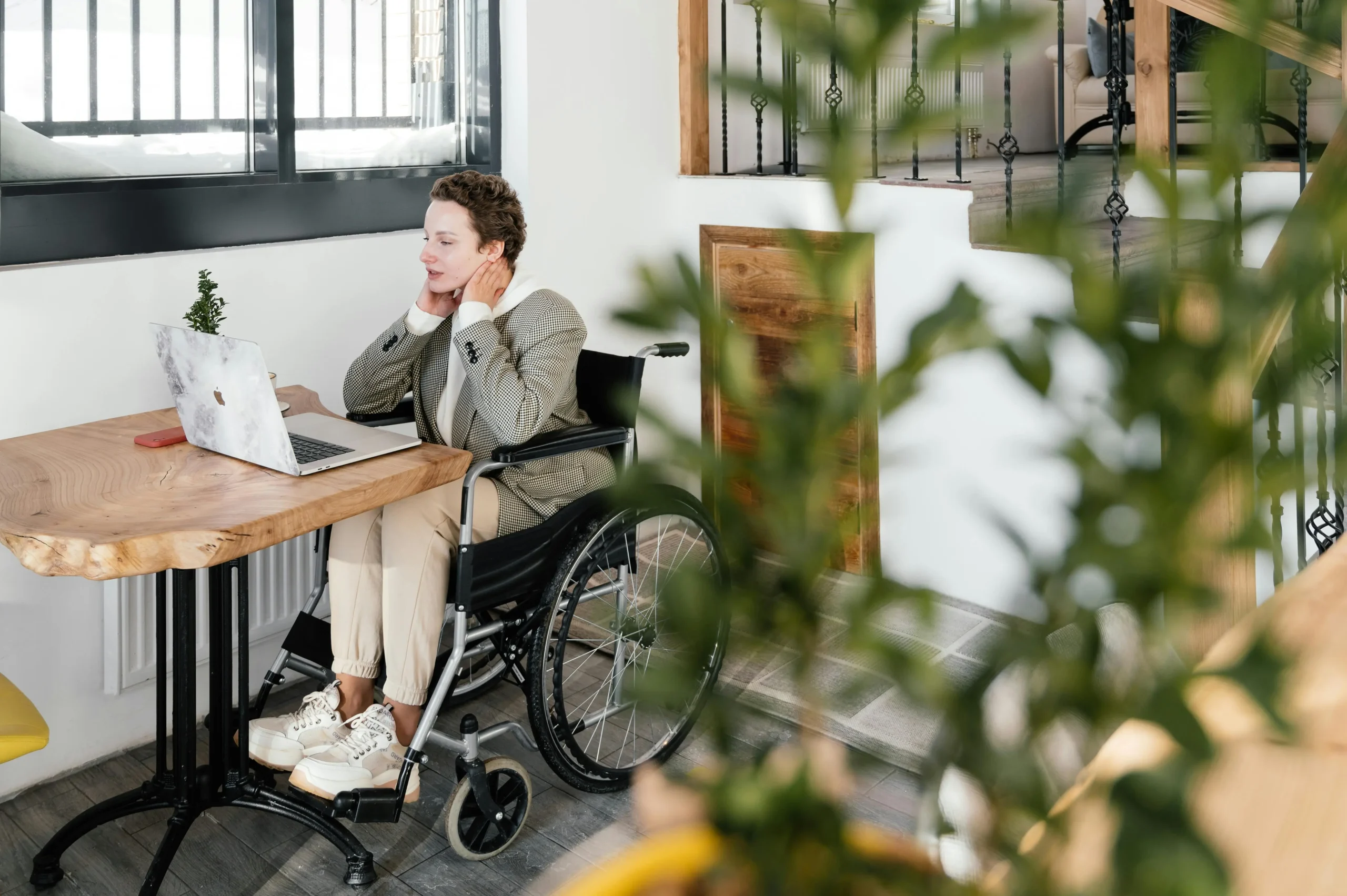Why Accessibility in Hiring Matters More Than Ever
Accessible hiring isn’t just a buzzword—it’s a necessity in today’s workforce. Prioritizing accessibility in recruitment allows businesses to unlock untapped talent pools, bringing fresh perspectives and experiences to the table.
“Hiring accessible practices benefit everyone—not just those with disabilities. When workplaces become more inclusive, they attract a wider range of talent and open up opportunities for innovation and growth.”
Understanding Accessibility Barriers
Common Barriers to Accessibility Hiring
Even well-meaning companies often face challenges in creating accessible hiring processes. These barriers typically include:
- Physical and Digital Access Challenges: Inaccessible websites, application forms, and physical interview spaces can prevent qualified candidates from even applying.
- Biases and Stereotypes in the Hiring Process: Implicit biases may unknowingly influence recruiters’ decisions, sidelining diverse candidates.
- Lack of Training and Awareness Among Recruiters: Without adequate training, recruiters may not recognize or accommodate the specific needs of candidates.
Strategies for Making the Hiring Process Accessible
1. Design Accessible Job Descriptions
Crafting job descriptions thoughtfully can make a huge difference in accessibility:
- Use Clear and Inclusive Language: Avoid jargon and complex phrases, which may deter some applicants. Instead, opt for simple, clear language that encourages more people to apply.
- Avoid Unnecessary Physical Requirements: Only include physical requirements if they are essential for the job. For example, if a job requires travel, state this clearly without assuming physical mobility requirements.
2. Use Accessible Digital Platforms
Digital tools are the cornerstone of modern recruitment. By using accessible platforms, companies ensure everyone can apply:
- Ensuring Website Accessibility for Job Applications: Accessible websites have options like text-to-speech, enlarged text, and simple navigation for all users.
- Choosing Accessible Video Interview Platforms: Platforms like Zoom and Microsoft Teams offer features like live captions and screen readers, ensuring candidates can participate comfortably.
3. Offer Flexible Application Formats
Different candidates may require different methods of applying:
- Providing Application Assistance for Those with Disabilities: Some candidates may need help completing an application; having dedicated support available demonstrates commitment.
- Allowing Diverse Methods for Application Submission: Consider accepting applications via video, phone, or other non-traditional formats to ensure that everyone can apply.
4. Train Recruiters on Accessibility Best Practices
Training recruiters is vital to implementing accessible hiring:
- Recognizing and Reducing Implicit Bias: Training can help recruiters become aware of and reduce biases, allowing them to evaluate each candidate fairly.
- Understanding Needs of Different Disabilities: Knowledge about physical, sensory, and cognitive disabilities ensures recruiters can meet candidates’ needs.
- Practical Training Programs for Inclusivity in Hiring: Offer workshops and seminars on inclusive hiring practices to empower recruiters.
5. Implement Structured Interviews
A structured interview approach can reduce bias and create a more level playing field:
- Standardizing Questions to Avoid Bias: With structured interviews, each candidate receives the same set of questions, which fosters consistency.
- How Structured Interviews Benefit Candidates and Recruiters: This approach allows for clear, measurable comparisons between candidates based on relevant skills.
6. Emphasize Skills Over Physical Ability in Assessments
When hiring, prioritize skills and abilities that directly impact job performance:
- Skills-Based Assessments vs. Physical Assessments: Skill-based tests are generally more inclusive than physical tasks and provide a better measure of a candidate’s abilities.
- Why Abilities Should Take Priority Over Physical Limitations: Skills and experience are what make a strong hire—overemphasizing physical tasks can lead to missed talent.
7. Provide Support and Follow-Up During the Hiring Process
Accessibility doesn’t end with the interview:
- Offering Accommodations Throughout the Interview Stages: Whether it’s providing larger text, a reader, or flexible scheduling, support should be present from start to finish.
- Post-Interview Follow-Up and Feedback: Follow up with all candidates, offering constructive feedback and resources to help them succeed in future interviews.
Case Studies and Real-Life Examples
Companies Leading the Way in Accessible Hiring Practices
Leading companies like Microsoft and IBM have championed accessibility. For instance, Microsoft’s “Inclusive Hiring” program incorporates accessibility at every stage, from the application to onboarding.
How Accessible Hiring Benefits the Bottom Line
Companies embracing accessible hiring report improved employee retention, increased morale, and higher overall productivity. In today’s competitive market, an inclusive workforce is also a key differentiator that attracts customers.
The Business Case for Accessible Hiring
How Accessible Hiring Drives Innovation and Growth
Accessible hiring doesn’t just open doors—it opens opportunities for company-wide innovation.
- Improved Employee Retention and Satisfaction: Inclusive practices create happier employees who are more likely to stay.
- Boosting Brand Image and Public Perception: Companies seen as inclusive are more attractive to consumers, resulting in better brand loyalty and market presence.
Conclusion
Committing to Long-Term Accessibility in Hiring
Accessibility isn’t a one-time action; it’s a continuous journey. By making these small but significant changes to hiring practices, companies are investing in a future where everyone has an equal opportunity to thrive.
“Accessibility is more than just compliance; it’s about creating an environment where every candidate, regardless of background or ability, has a fair shot at contributing their unique talents.”
FAQs
- What is accessible hiring? Accessible hiring ensures that recruitment processes are inclusive and accessible to all candidates, including those with disabilities.
- Why should companies prioritize accessible hiring? Accessible hiring brings diversity, fosters innovation, and improves company culture.
- How can job descriptions be made more accessible? By using simple language, focusing on skills, and avoiding unnecessary physical requirements.
- What are accessible digital platforms for hiring? Platforms like Zoom and Teams with features like captions and screen readers.
- How does accessibility impact company culture? It creates a welcoming environment that values diversity and inclusion.
- Are structured interviews more accessible than traditional ones? Yes, as they standardize the process and reduce bias.
- What kind of accommodations can companies offer? They range from flexible scheduling to screen readers and larger text options.
- Can accessible hiring improve employee retention? Yes, inclusive practices lead to greater employee satisfaction and loyalty.
- What should companies do post-interview for accessibility? Follow up with candidates to provide feedback and offer any additional support.
- How can I start implementing accessible hiring practices today? Start by reviewing job descriptions and training recruiters on inclusive practices.













